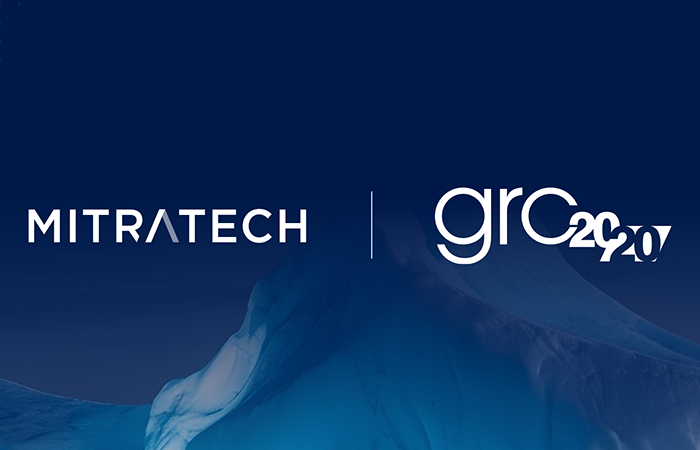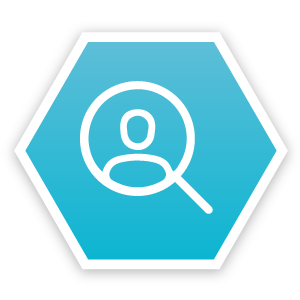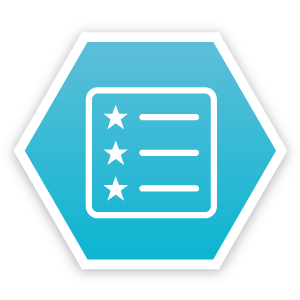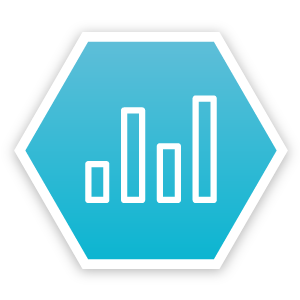People and Policy: Building Compliance and Ethics into Your Company’s DNA
It’s not enough to have the right policies in place — you have to embed those policies into the fabric of your organization.
In today’s fast-paced and interconnected business world, ensuring compliance and building an ethical corporate culture isn’t just a regulatory checkbox—it’s part of your organization’s DNA. Governance, Risk Management, and Compliance (GRC) has evolved from a back-office necessity to a front-line enabler, engaging everyone from employees to third-party partners in the process. This shift emphasizes that compliance and ethics must be woven into every aspect of the company’s operations, influencing attitudes, behavior, and, ultimately, organizational culture.
At the core of this transformation is the concept of engagement, a critical trend shaping the future of GRC. In the modern organization, GRC is no longer the domain of just compliance officers or risk managers; it involves every employee, contractor, vendor, and partner across the extended enterprise.

Engaging Every Level of the Organization
GRC solutions must engage every stakeholder. Employees at all levels—from the front office to the back office—must interact with GRC technologies in a way that is intuitive, user-friendly, and relevant. Whether taking assessments, reading policies, completing training, reporting incidents, or navigating dashboards, the engagement with GRC processes is essential to ensure compliance and promote ethical behavior.
The challenge is that many GRC systems today fall short. Despite being marketed as world-class solutions, some of these platforms are overly complex, confusing, and fail to engage the user effectively. This disengagement poses a significant risk, as the lack of user engagement can lead to non-compliance, unethical behavior, and operational breakdowns.
A core directive of GRC engagement is to keep things simple—yet effective. Simplicity is not about stripping down processes to their bare minimum but about offering the right information at the right time, in the right place. It’s about creating GRC processes that are intuitive, much like Apple’s approach to technology design. Simplicity in GRC ensures that employees are not overwhelmed by clutter or complexity but can interact with policies, risk assessments, and reports in a seamless, meaningful way.
An engaging GRC solution is not just a tool—it’s a catalyst for fostering compliance and ethical behavior throughout the organization. When done right, GRC interactions should feel like second nature, where employees can intuitively find the information they need and take action without hesitation.

The Human Firewall: The Foundation of Ethical Behavior
At the heart of this GRC engagement is what I refer to as the Human Firewall. Just as firewalls protect buildings and networks from harm, the Human Firewall protects an organization from ethical breaches, compliance violations, and operational risks. But unlike technology-based firewalls, the Human Firewall is powered by people—the organization’s most valuable asset.
Humans are also, however, the most unpredictable part of any GRC strategy. They can be negligent, make mistakes, or even act maliciously. This is why nurturing the right attitudes and behaviors is critical to building a culture of compliance and ethics that forms the backbone of the Human Firewall.
A decade ago, the Institute of Risk Management, in their Risk Culture: Resources for Practitioners, we were introduced to the A-B-C Model. This model highlights how the ‘A’ttitudes of individuals shape the ‘B’ehavior of both people and the organization, which in turn forms the ‘C’ulture of the enterprise. A strong Human Firewall is the result of a positive risk culture, where ethical behavior is encouraged and compliance becomes a natural part of daily operations.
To build an effective Human Firewall, several key components must be in place:
Policy Management
Well-crafted policies are the foundation of compliance. They should be clear, accessible, and consistently applied. Policies set the boundaries for behavior and guide employees in their decision-making processes. To be effective, policies need to be regularly updated and communicated.
Policy Engagement
A policy that isn’t engaged with is as good as no policy at all. Policies must be easily accessible through a centralized portal and continuously communicated to employees and third parties. Regular communication ensures that policies stay top of mind and are applied correctly in real-world scenarios.
Training
Policy training is vital to ensuring that employees understand and can apply the policies in their day-to-day roles. Training helps translate abstract rules into concrete actions, reinforcing the Human Firewall.
Assessments & Controls
Engaging employees in risk assessments, controls, and compliance questions must be done through a simplified and intuitive process. Employees should not view these tasks as a burden but as an integral part of their role in safeguarding the organization.
Dashboards and Reporting
Transparency is crucial. Business owners, from executives to line managers, need clear insights into the organization’s objectives, risks, and controls. User-friendly dashboards help ensure everyone has the data they need to make informed decisions.
Issue Reporting
Mistakes will happen, and unethical behavior may occur. This is why issue reporting mechanisms like whistleblower systems and hotlines are essential. Employees need safe, confidential, and easy-to-use tools for reporting incidents before they escalate into more significant problems.
The Extended Enterprise
Modern organizations are a web of relationships that extend beyond the traditional employee base. Suppliers, contractors, and other third parties must also be integrated into the organization’s GRC processes. Policies, training, and issue reporting must encompass the extended enterprise to ensure that third parties align with the organization’s compliance and ethics standards.
In the current business environment, Environmental, Social, and Governance (ESG) factors are becoming central to corporate strategy. The Human Firewall plays a pivotal role in ensuring that ESG initiatives are more than just good intentions—they become part of the organizational culture. Employees are the ones making decisions that affect the environment, social responsibility, and governance practices. A strong Human Firewall ensures that these decisions are aligned with the organization’s values and long-term ESG goals.

Embedding GRC into the DNA of Your Organization
Building a strong compliance and ethics culture isn’t just about having the right policies in place. It’s about embedding those policies into the fabric of the organization, ensuring that every employee and third-party partner is engaged and aligned with the company’s ethical standards.
The Human Firewall, supported by engaging GRC technology, policy management, and a culture of compliance, forms the backbone of an organization’s integrity. Where is your organization in building this firewall? How are you nurturing a culture where compliance and ethics aren’t just rules—but part of your company’s DNA?
By focusing on these elements, organizations can ensure they are not only compliant but also fostering an ethical, resilient, and successful business environment.









